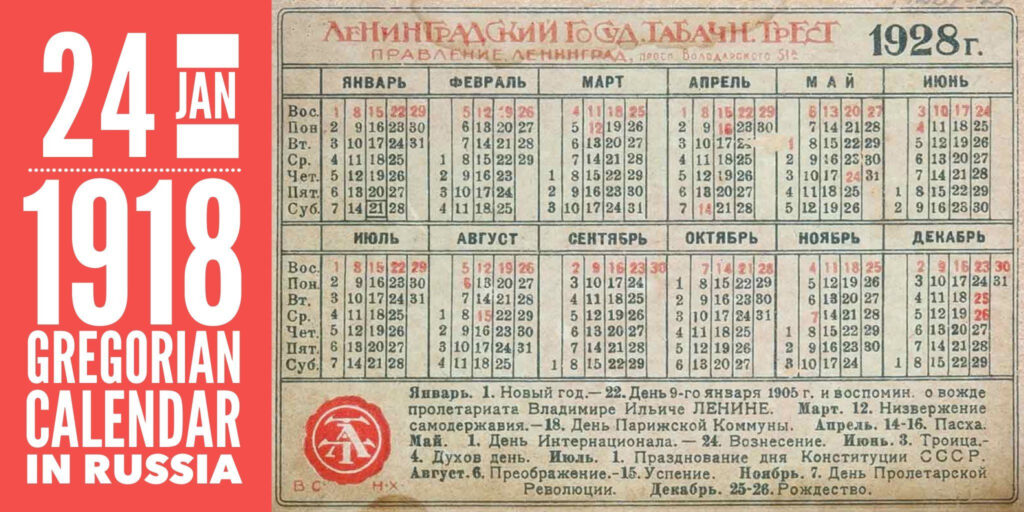The Julian Calendar is a calendar system that was introduced by Julius Caesar in 45 BC. It was widely used in Europe and other parts of the world for centuries until it was replaced by the Gregorian Calendar in the 16th century. However, some countries, including Russia, continued to use the Julian Calendar for religious and cultural purposes.
In Russia, the Julian Calendar is used by the Russian Orthodox Church for calculating the dates of religious holidays and events. This calendar is based on the ancient Roman calendar and is known for its unique way of calculating leap years.
Julian Calendar In Russia
Usage of the Julian Calendar in Russia
Despite the widespread adoption of the Gregorian Calendar in most parts of the world, the Julian Calendar is still used in Russia for religious and cultural purposes. The Russian Orthodox Church follows the Julian Calendar for determining the dates of Easter, Christmas, and other religious holidays.
One of the main differences between the Julian and Gregorian Calendars is the way leap years are calculated. In the Julian Calendar, a leap year occurs every four years, whereas in the Gregorian Calendar, a leap year occurs every four years, except for years that are divisible by 100 but not by 400.
Conclusion
Despite the prevalence of the Gregorian Calendar in most parts of the world, the Julian Calendar continues to hold significance in Russia, particularly within the Russian Orthodox Church. This ancient calendar system has a rich history and is still used to this day for religious and cultural purposes.
